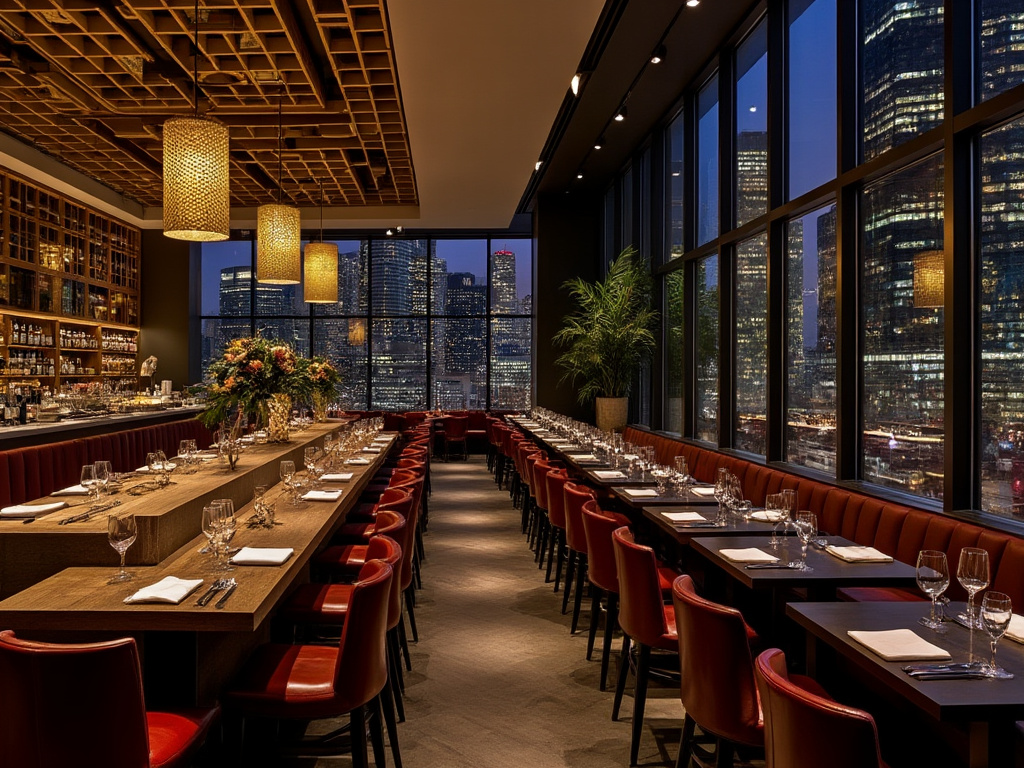Chicago, IL – The Chicago City Council has passed a significant measure aimed at reforming the city’s outdoor dining permit process, a critical component for restaurants relying on al fresco seating as warmer weather approaches. Approved on March 5, 2025, ordinance O2025-0310 introduces a fundamental shift in how eateries will be assessed for the privilege of utilizing public space for dining. This new framework moves away from the previous flat fee structure, implementing instead a tiered system based on factors such as location and demand.
Details of the New Tiered Fee Structure
The core change brought by O2025-0310 is the transition to a fee structure that varies depending on the specific area of the city. While the full details of the tier definitions and associated costs will unfold as the ordinance is implemented, the intent is for businesses in high-demand, commercially vibrant areas to potentially face higher permit costs compared to those in less dense or lower-traffic neighborhoods. This represents a significant departure from the one-size-fits-all approach that characterized the city’s outdoor dining permits for years.
Supporters of the tiered system argue it creates a more equitable distribution of costs based on the perceived value of the public space utilized. The city anticipates this structure could also potentially generate increased revenue, which could be reinvested into city services or infrastructure. However, the specifics of how the tiers will be defined, what data will inform those definitions, and the exact fee ranges remain subjects of keen interest for the thousands of businesses that will be impacted.
Impact on Chicago Restaurants
The ordinance is expected to affect a substantial number of establishments across Chicago – specifically, over 1,500 restaurants currently utilizing either sidewalk cafe permits or street closure (placemaking) permits for outdoor seating. For these businesses, adapting to the new fee structure will be a necessary step in their operational planning, particularly as they gear up for the lucrative spring and summer outdoor dining seasons. While the ordinance aims to streamline the application process itself, potentially reducing bureaucratic hurdles, the financial implications of the tiered fees are a primary concern for many.
Restaurants located in popular downtown areas, bustling commercial corridors, or sought-after neighborhood dining destinations are the most likely candidates for facing increased permit expenses under the new system. For some, particularly smaller, independently owned establishments, any significant increase in operational costs could present a considerable challenge to their bottom line, especially in an industry still navigating post-pandemic economic realities.
Industry Concerns Raised by the Illinois Restaurant Association
The passage of O2025-0310 was met with voiced concerns from the Illinois Restaurant Association (IRA), a key representative body for the state’s food service industry. The IRA articulated reservations regarding both the timing of the ordinance’s approval and its potential financial impact on businesses, particularly smaller establishments.
According to spokespersons for the Association, introducing a potentially complex new fee structure just weeks before the traditional start of the outdoor dining season creates a challenging timeline for operators to understand, budget for, and comply with the new rules. The speed of implementation ahead of the busy spring and summer months, when outdoor seating is most crucial for revenue, adds pressure to businesses already focused on seasonal preparations. Furthermore, the IRA highlighted that while the tiered structure might seem equitable in principle, it could disproportionately burden smaller restaurants located in high-rent, high-traffic areas, potentially hindering their ability to compete with larger establishments or absorb increased operational costs.
Streamlining and Seasonal Context
Despite the concerns over fees, a stated objective of O2025-0310 is to streamline the permit application process itself. Restaurants often face bureaucratic challenges in securing the necessary approvals in a timely manner each year. The hope is that the reforms embedded within the ordinance will simplify the administrative burden, allowing restaurants to obtain their permits more efficiently and open their outdoor seating areas sooner, thus maximizing their operational period during favorable weather.
The timing of the ordinance’s approval on March 5, 2025, places its implementation period directly in the critical window before Chicago’s outdoor dining season traditionally begins in earnest around April or May. The success of the streamlining efforts will be closely watched by the over 1,500 affected restaurants as they navigate the transition to the new system under pressure to capitalize on the warmer months.
Outlook for Chicago’s Outdoor Dining Scene
The passage of ordinance O2025-0310 marks a significant policy shift for outdoor dining in Chicago. While the tiered fee structure aims to create a more dynamic and potentially revenue-generating system, the concerns raised by the Illinois Restaurant Association and individual operators underscore the challenges of implementing such changes, especially regarding potential cost increases and timing. As the city’s restaurants prepare for the upcoming season, they will be closely monitoring the practical application of the new rules, assessing both the impact on their finances and the effectiveness of the promised streamlining of the permit process for their vital sidewalk or street seating.












